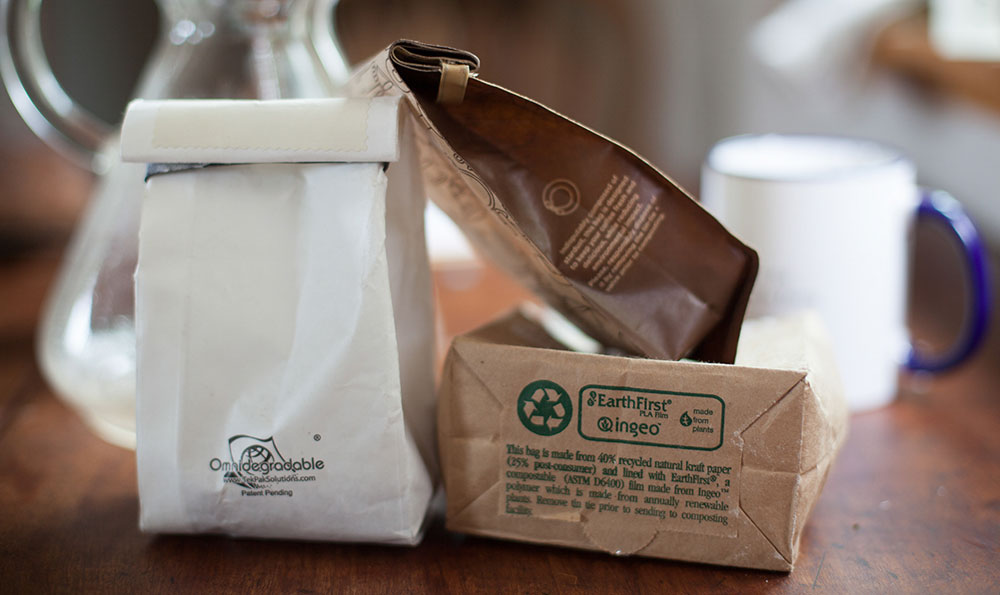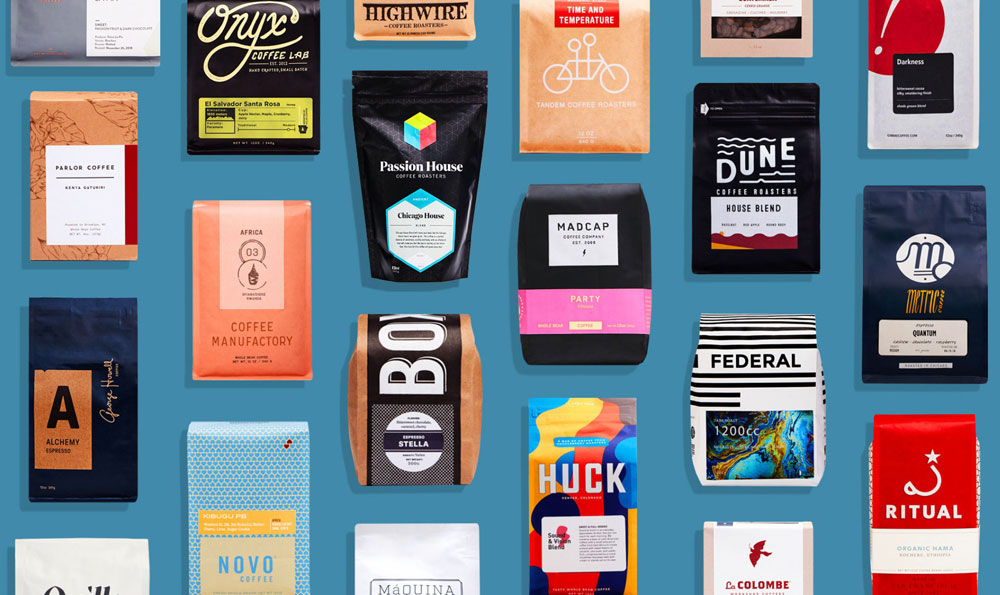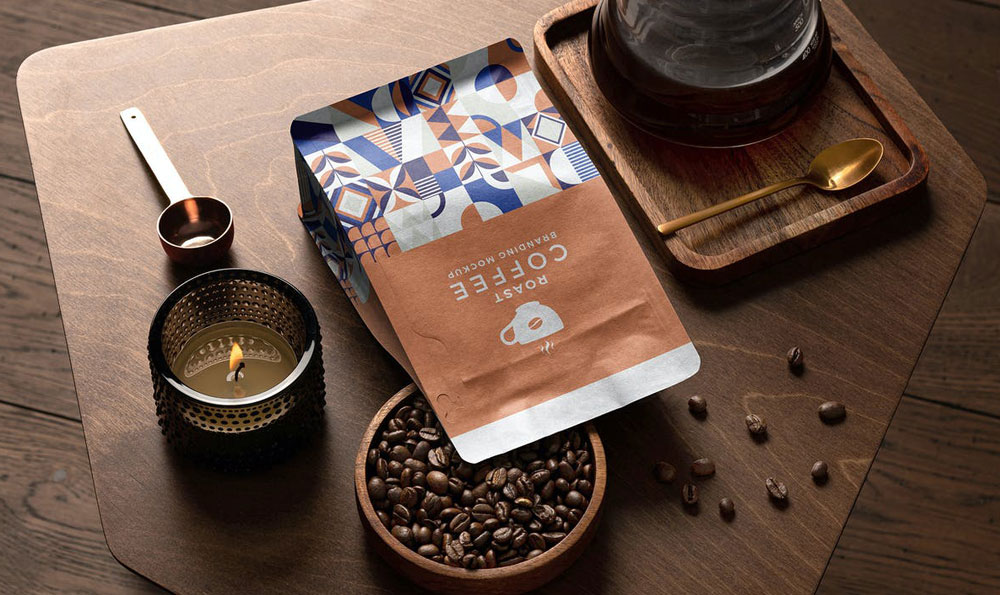Views: 19 Author: Site Editor Publish Time: 2025-06-12 Origin: Site







The coffee industry is increasingly focusing on sustainability. As eco-conscious consumers demand greener options, the pressure is on brands to adapt. But how can coffee roasters balance cost and sustainability in their packaging?
In this article, we’ll explore biodegradable coffee packaging, the benefits of digital printing, and how brands can navigate this challenge. You’ll learn how sustainable coffee packaging can reduce environmental impact without breaking the bank.

Traditional coffee packaging often uses plastic, aluminum, and other non-recyclable materials. These materials contribute to significant waste that ends up in landfills. Plastics, in particular, can take hundreds of years to decompose, causing long-term harm to the environment.
The coffee industry, with its massive global reach, uses vast amounts of these materials. This not only contributes to landfill waste but also increases the carbon footprint. As demand for coffee rises, so does the packaging waste, making it essential for coffee brands to find eco-friendly solutions.
| Material | Problem | Environmental Impact |
|---|---|---|
| Plastic bags | Not recyclable, leading to landfill accumulation | Significant waste that takes hundreds of years to decompose |
| Aluminum foil | Used in many coffee bags for moisture protection, but non-recyclable in many regions | Increased landfill waste and difficulty in recycling |
| Non-compostable coatings | Makes packaging harder to recycle | Contributes to waste that cannot be composted |
Using coffee biodegradable packaging can help reduce this environmental burden, making it easier to dispose of packaging in an eco-friendly way.
Consumers are increasingly concerned about the environment, especially younger generations. Millennials and Gen Z are leading the charge in demanding sustainable products, including eco-friendly coffee packaging. These groups are willing to pay more for products that reflect their values.
The rise of biodegradable coffee bags is a direct response to this demand. As more people seek sustainable alternatives, coffee brands are following suit by adopting biodegradable and recyclable materials. This shift is not only a response to consumer preferences but also a way to differentiate from competitors.
| Trend | Data |
| Willingness to pay extra | 65% of consumers willing to pay a 10-15% premium for eco-friendly packaging (Ecocoffeebag survey) |
| Increased brand loyalty | Brands with eco-friendly packaging see increased customer retention |
These changes highlight a critical need for sustainable coffee packaging that meets consumer demands without sacrificing quality or brand identity.

Biodegradable coffee packaging is made from materials that can naturally break down and return to the earth without harming the environment. Common materials used in this packaging include PLA (polylactic acid), paper, and rice paper. These materials are typically derived from renewable resources like corn or sugarcane, making them a more eco-friendly alternative to plastics.
| Benefit | Description |
| Reduced waste | These materials decompose naturally, reducing landfill buildup |
| Lower carbon footprint | Biodegradable materials use fewer fossil fuels to produce |
| Compostability | Many biodegradable options can be composted at home or industrial sites |
Using coffee biodegradable packaging helps roasters and brands promote sustainability, offering consumers a greener choice in their coffee packaging.
Traditional coffee packaging often relies on resource-heavy printing techniques that consume large amounts of ink and energy. Digital printing provides an eco-friendly alternative. This method uses digital files to print directly onto packaging material, eliminating the need for expensive plates and reducing waste.
| Benefit | Description |
| Lower waste | No need for plates or excessive ink, reducing overall material waste |
| Energy efficiency | Digital printing consumes less energy than traditional methods |
| Small-batch friendly | It’s easier to print in small quantities, reducing waste from overproduction |
With digital printed coffee bags, brands can reduce environmental impact while offering unique and customizable designs. Digital printing packaging is an innovative solution for eco-conscious coffee roasters.
Composite tubes are made by combining materials like paper and a bio-based inner membrane. This design helps solve common issues in coffee packaging, such as moisture control. The paper exterior is typically recyclable, while the inner membrane, often made from plant-based materials, helps keep coffee fresh.
| Benefit | Description |
| Sustainability | These tubes are fully recyclable and help reduce plastic waste |
| Moisture protection | The bio-based membrane ensures the coffee stays fresh without using harmful plastics |
| Cost-effective | By using locally sourced materials, composite tubes can be more affordable than other sustainable packaging solutions |
As part of sustainable coffee packaging, composite tubes offer a unique and eco-friendly option for brands that need to balance cost and sustainability.

| Material | Benefit | Cost Consideration |
| PLA | Made from renewable resources like corn or sugarcane | More expensive, typically 15% higher than plastic |
| Kraft Paper | Affordable, strong, and eco-friendly | Popular choice for biodegradable coffee bags |
| Rice Paper | Natural look, compostable | Moderate cost, but lacks moisture protection |
Small and medium coffee roasters often face challenges when adopting sustainable coffee packaging due to higher initial costs. However, there are strategies to make eco-friendly packaging more affordable.
Start small: Ordering smaller batches (5000 bags or fewer) allows small roasters to test packaging options without large upfront investments.
Choose simpler materials: Kraft paper and PLA can be affordable while still offering sustainability.
Optimize MOQ: Bulk ordering at the right scale can bring down per-unit costs, making sustainable packaging more accessible.
By choosing the right materials and working with suppliers who offer low MOQ, small roasters can transition to biodegradable coffee packaging without breaking their budgets.
A common challenge when using biodegradable coffee packaging is maintaining the freshness of the coffee. Traditional packaging often uses plastic or foil to protect against moisture and oxygen, which are both detrimental to the coffee’s flavor.
| Solution | Benefit |
| Degassing Valves | Allow excess CO2 to escape, keeping the coffee fresh |
| Moisture-Resistant Layers | Prevent moisture from affecting the beans while remaining compostable |
| Airtight Seals | Reduce exposure to air, preserving freshness |
Integrating these features into coffee biodegradable packaging ensures a longer shelf life while maintaining the sustainability of the packaging.

Digital printing offers an eco-friendly alternative to traditional printing methods. It reduces waste, uses water-based inks, and requires no printing plates.
| Benefit | Description |
| Lower waste | No need for plates or excessive ink, reducing overall material waste |
| Energy-efficient | Consumes less energy than traditional methods |
| Small-batch friendly | Reduces waste by allowing small runs |
With digital printed coffee bags, brands can offer customized, eco-friendly packaging while minimizing environmental impact.
One of the major benefits of digital printing is that it eliminates the need for expensive printing plates, reducing upfront costs for smaller businesses.
| Benefit | Description |
| No plate fees | Saves on setup costs, making it easier for small roasters |
| Small-batch printing | Reduces inventory costs and waste |
| Eco-friendly inks | Water-based inks reduce emissions and waste |
This makes digital printing packaging an affordable, sustainable solution for small businesses.
Printing directly on materials like kraft paper or rice paper eliminates the need for additional labels and adhesives, reducing waste.
| Benefit | Description |
| Less waste | No extra labels or adhesives to discard |
| Eco-friendly materials | Using kraft or rice paper enhances sustainability |
| Simplified process | Reduces material usage and environmental impact |
With digital printed coffee bags, roasters can achieve sustainable, customized designs while minimizing packaging waste.
Balancing cost and sustainability in coffee packaging requires careful material selection, digital printing, and efficient design. Using biodegradable coffee packaging and digital printed coffee bags can help achieve both goals.
By adopting these sustainable practices, coffee brands can lower their environmental impact while maintaining profitability.
We encourage you to explore sustainable packaging options and integrate them into your coffee business for long-term success.
For more information on sustainable coffee packaging, visit BioPack's Sustainable Packaging Solutions.